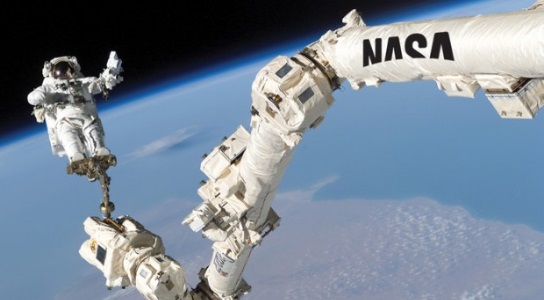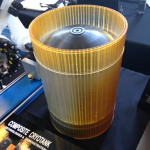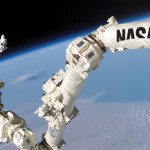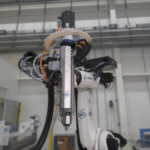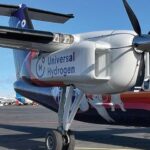If human beings are going to colonize Mars, we’re going to need a lot of tools. Can NASA make those tools? Not without the help of Congress.
NASA reps, accompanied by academics and experts from the aerospace industry, took to the halls of Congress to pitch lawmakers on the importance of their work and showcase their technological progress during the fourth annual NASA Technology Day on the Hill this week. The big focus: Mars.
“We’re pioneering space,” NASA Chief Technologist David Miller said at the April 29 event. “The way we look at it, [humankind] is moving out to stay, and Mars looks like the place to move.”
Miller and Associate Administrator for Space Technology Steve Jurczyk touted the host of tools NASA and its private partners have been developing.
“Technology puts new tools in the tool boxes of engineers so they can design the missions we need,” Miller said.
“There’s a whole suite of tools needed to live in the Martian environment,” Jurczyk added. He particularly noted the importance of water-recycling systems that clean up urine and sweat for drinking and oxygen scrubbers for the journeys to and from Mars and survival on the red planet’s surface. Jurczyk also plugged the promise of 3-D printing.
“3-D printing is advancing very rapidly,” he said, adding that he foresees a future mission where automated printers are sent to Mars ahead of time to construct tools and structures using Martian soil — an approach that would dramatically lower fuel costs.
Around the crowded room, Boeing’s Robert Boucher showed off an advanced, lightweight-but-strong composite cryotank — a long-overdue advance. “Look at a rocket. From the 1960s until now, everything on the engine stack has changed from metal to composites except for the cryotank,” he said.
Meanwhile, Ball Aerospace’s Bryce Unruh talked up AF-M315E, an Air Force-developed “green fuel” that can replace notoriously dangerous hydrazine. “This stuff is so safe you can ship it with FedEx,” Unruh said. “It’s also usable in cold environments, unlike hydrazine.”
Other technology on display included solar sails and a communications array that uses lasers, not radio frequencies, to keep astronauts connected to mission control.
Miller cautioned that, like all things NASA, space technology will take years to perfect.
“You don’t win a marathon just by showing up,” he said. “You’ve got to train for the long haul.”
At the end of the day, the event in the foyer of the Rayburn House Office Building sought to strengthen the bonds between NASA and the lawmakers who fund it.
“We want to let them know the value we’re delivering in next-generation tech for the $600 million or so [in space technology funding] they’re giving us,” Jurczyk said.
Technologically, the focus is on “affordability and reliability” so that a manned mission to Mars — which NASA hopes to achieve by 2035 — could be safe and fully funded, Jurczyk said.
A half-dozen lawmakers and almost 300 staffers attended the event, according to a NASA spokesman.
President Barack Obama has proposed an $18.5 billion budget for NASA in fiscal 2016, which would include funding for eventual exploration of Mars and of Jupiter’s potentially life-hosting moon Europa.
Sen. Barbara Mikulski (D-Md.) is among those pushing for higher NASA funding levels. House Republican budget writers are taking a different tack, however, and supporting cuts in Earth sciences and space technology funding while boosting exploration systems development by nearly half a billion dollars.


